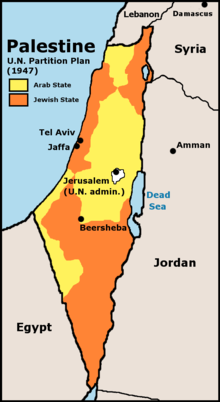Jos
Rookie
- Feb 6, 2010
- 7,412
- 757
- 0
- Banned
- #21
Nobel prize is a little badge that jews give to other jews for a feel good and has no real value, Aspergers has on the other hand, a gift that goes on giving and giving generation after generationWhen Europe gets an enema, it's inserted into Spain
We had one in 1492, it cleaned out a lot of fecal matter
And, look at backward, bankrupt spain, today. Spain has produced not one scientific discovery. Since 1960, Spain has produced only 1 Nobel Prize winner in science, mathematics and economics.
Israel has produced 5 Nobel Prize winners.
Israel has 120 technology companies listed on NASDAQ, second only to the US.
Spain has zero companies listed on NASDAQ.
Spain produces only olive oil.
When Europe gets an enema, it's inserted into spain
"1492, expulsion of the jew, 1493, Spain is finally free"


